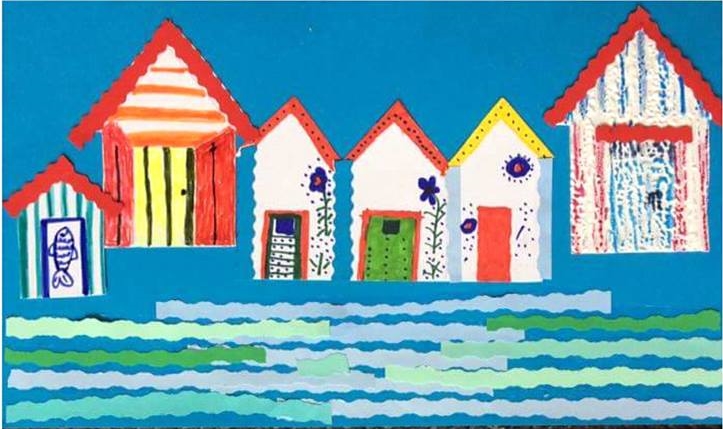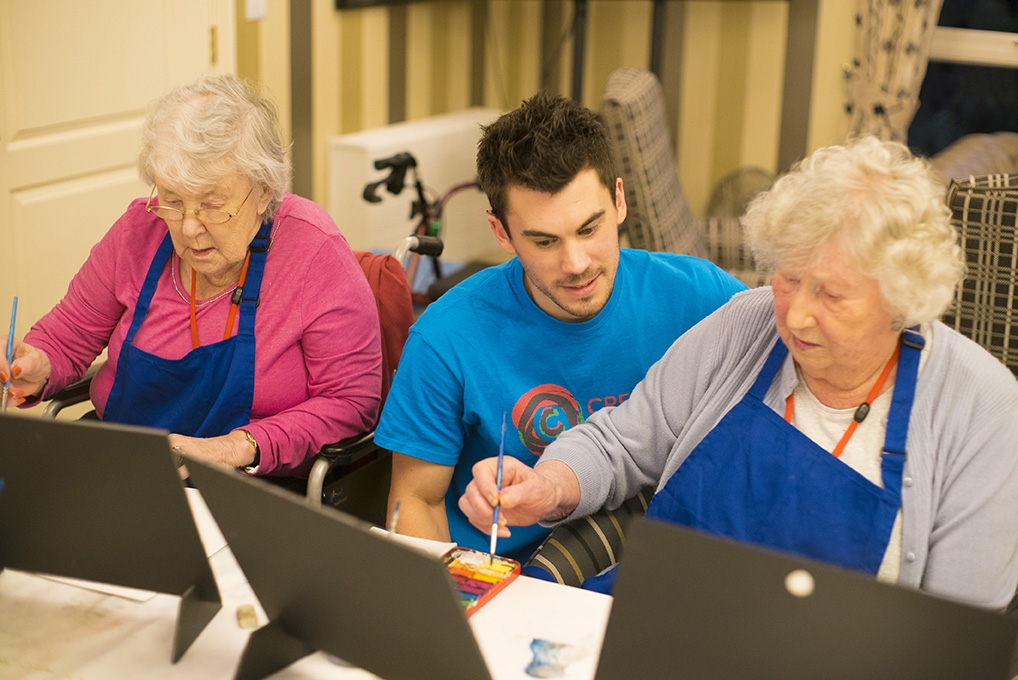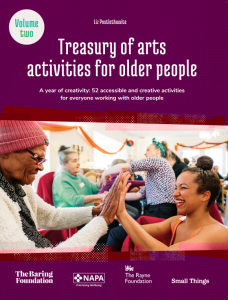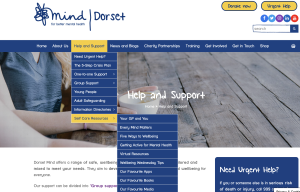No products in the basket.

by Emma Harris
For the average person, being given the opportunity to create and express themselves might inspire a sense of freedom and productivity; it might also be something we take for granted. For a person struggling with dementia, perhaps with weakening senses or an inclination to recede into themselves, the power of art and creativity can be transformative to their quality of life.
Worldwide, people are beginning to understand the importance of creativity for those with dementia. In 2015, the Alzheimer’s Society produced a guide to encourage arts venues to become more dementia-friendly, offering extensive advice on how to do so. Sir Peter Bazalgette, Chair of Arts Council England, says “There are 850,000 people in the UK living with dementia and, for many of them, the arts will be fundamental to enabling them to live well with their condition”.

James Cropper is someone who has grabbed this idea by the horns. James was caring for an older adult with learning disabilities when he discovered the power of arts and crafts.
“He just came alive,” says James after observing this individual’s love to create.
Inspired by how stimulating and energising art could be, Creative Minds was soon formed. Now, James and his community of experienced artists enhance the lives of thousands of people in care homes, placing emphasis on experimentation and allowing them the time and materials to create their own pieces of art work. And the benefit is not just emotional; as well as boosting self-esteem, James explains how creativity increases cognitive stimulation, improves dexterity and motor skills, and reduces stress and anxiety. Family members of residents have been impressed with the art sessions and notice a profound impact on the residents. Jane, a resident’s daughter, comments, “I believe these sessions provide far more to the individual than just an afternoon of fun”.
Creative Minds continue to develop their art sessions and have started encouraging the interaction of multiple generations by inviting primary school children to join in with art sessions at care homes. They aim to make art accessible to people of all ages and abilities, bringing their sessions to more and more locations.
Engage & Create, founded by Rachel Mortimer, uses art in a slightly different way. Using an iPad to display famous pieces of art, they facilitate discussions of art in care homes and encourage conversation amongst people with dementia. Rachel says that it is fascinating how people with dementia notice things in art that she has not seen before. Like James, she has observed first-hand how interaction with art can draw people out from their shells and improve well-being, not just during the discussions, but well beyond them.
In 2007, The MoMA (Museum of Modern Art, New York) set up an initiative to make art more accessible to people with Alzheimer’s, expanding their education programmes to assist health and art professionals in making art accessible to them. Today, they continue to encourage people living with dementia interaction with art through programmes (see link below). Whilst a trip to New York to participate in one of MoMA’s dementia programmes may be a little tricky, Engage & Create bring discussions directly to the care home.
And they don’t stop there; Rachel’s ‘Ignite Programme’ offers a tailored training package to care home staff so that they themselves can lead discussions about art work, supported along the way by the Engage & Create team. An occupational therapist told the team, “that was one of the best training sessions I’ve ever had … it’ll change the way I work with people with a diagnosis of dementia forever.”
If you want still more proof of the power of art, take a look at this recent study on dementia and creativity, ‘Dementia and Imagination’. The project was studying how visual arts can impact people with dementia. As the research only ended in December 2016, full findings are yet to be published but the initial reactions are undeniably positive. Participants commented on the soothing environment and the sense of achievement they felt; findings also indicated that family members and carers were affected positively as the art sessions allowed them to get to know the residents better through their creations.
All of these ventures focus on what people living with dementia can do rather than what they can’t do. In turn, the people living with the condition learn to focus on these things as well, nurturing an environment of positivity, colour and creativity which has the power to significantly improve their well-being.
If you are aware of an organisation that should be included in our list of resources, please email the details to info@mycarematters.org.
Resources:
Creative Minds Offer practical art sessions across England
Engage & Create Offer art discussion sessions and training packages for staff, including The Engage & Create Ignite Programme
Creative Buddy is a social enterprise that provides mobile arts and crafts sessions for care/residential homes, day centres and community venues in Sussex.
Dementia and Imagination A recently completed scientific study on the benefit of art for individuals with dementia
Arts4Dementia develops arts programmes to empower, re-energise and inspire people with early-stage dementia and carers through challenging artistic stimulation, to help them live better for longer in their own homes.
Equal Arts Offer training sessions for care staff and run projects encouraging creativity amongst people living with dementia
MoMA Information on how to make art accessible to people with dementia.
Alzheimer’s Society Dementia Friendly Arts report A guide for arts venues on how to become dementia-friendly







